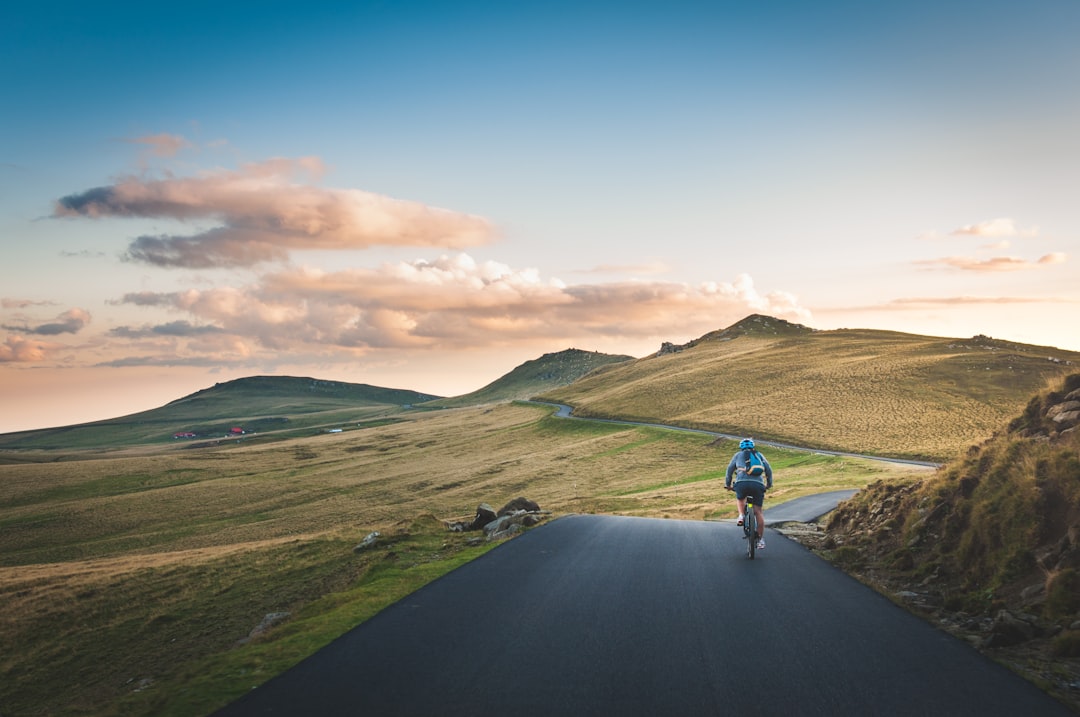
In a world that moves at breakneck speed, there is something profoundly liberating about slowing down and savoring the journey. Slow travel is not just a trend; it’s a mindset, a way of experiencing the world that prioritizes depth over breadth. Rather than ticking off destinations on a whirlwind tour, slow travel invites us to immerse ourselves in a place, to connect with its people, culture, and landscape on a deeper level.
One of the key tenets of slow travel is eschewing the traditional tourist itinerary in favor of a more spontaneous and authentic experience. Instead of rushing from one attraction to the next, take the time to wander aimlessly through cobblestone streets, strike up conversations with locals, and sample the regional cuisine at hole-in-the-wall eateries.
By slowing down, we allow ourselves the opportunity to truly engage with our surroundings, to notice the small details that often go unnoticed in our fast-paced lives. Whether it’s the way the light filters through the leaves of a centuries-old tree or the sound of church bells echoing through a quiet village, slow travel encourages us to be present in the moment, to savor the beauty of the world around us.
Moreover, slow travel is not just a more enriching experience for the traveler; it also has a positive impact on the places we visit. By staying longer in a destination, we support local businesses, reduce our carbon footprint, and forge meaningful connections with the communities we encounter. In a world increasingly dominated by mass tourism, slow travel offers a more sustainable and ethical alternative.
So, the next time you plan a trip, consider embracing the art of slow travel. Choose quality over quantity, depth over superficiality, and connection over detachment. In a culture obsessed with speed and efficiency, slow travel reminds us that the true joy of exploration lies not in the destination, but in the journey itself.
